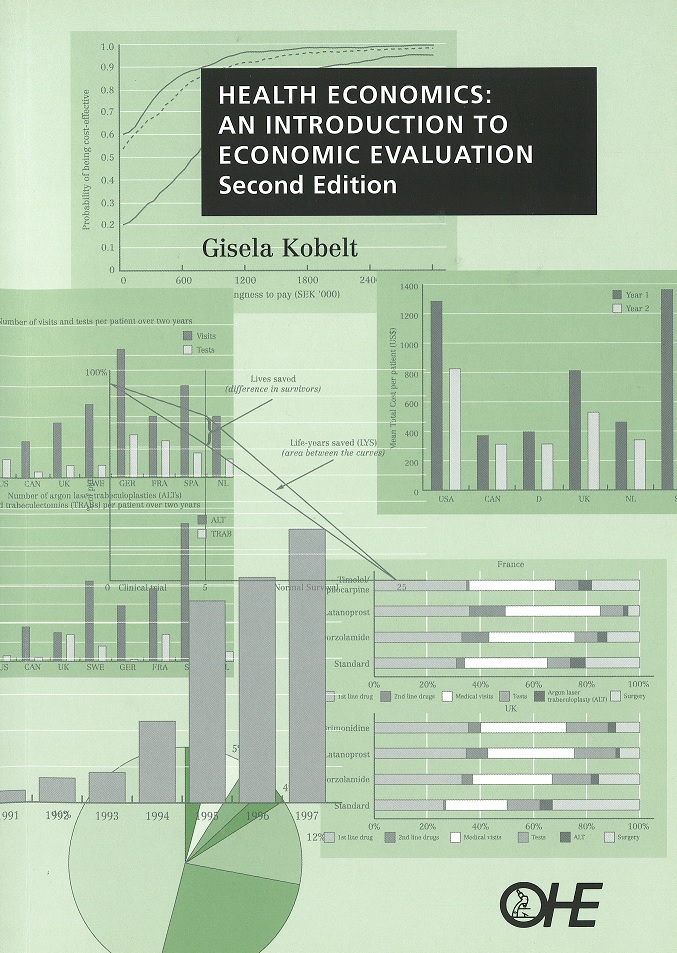The second edition of this guide to economic evaluation is significantly extended. This mirrors the development of economic evaluation since the first edition was published in…
The second edition of this guide to economic evaluation is significantly extended. This mirrors the development of economic evaluation since the first edition was published in 1996. The methodology has developed and new techniques, both regarding costing and outcome measurement, have been introduced.…
The second edition of this guide to economic evaluation is significantly extended. This mirrors the development of economic evaluation since the first edition was published in 1996. The methodology has developed and new techniques, both regarding costing and outcome measurement, have been introduced. Some concepts have, with the same arguments, been deleted or reduced in importance. The application of economic evaluation in decision making has also taken a step forward. This is manifested in the inclusion of a section on NICE. The opportunities as well as the problems of using economic evaluations for administrative decisions are similar in other countries, even if the legal and institutional frameworks may differ.
But the main feature of this introduction to economic evaluation is still the use of practical examples to show how the techniques can be applied in different types of studies. The examples are no longer always simple, which reflects the development of methodology and application. But they provide an often ignored lesson for the application of economic evaluation in health economics as well as in other fields. Knowledge of the techniques is important, but it is as important to be able to recognise which technique or method can and should be used for a specific assessment problem.
We are therefore sure that this revised and extended version will continue to provide an excellent introduction to economic evaluation, and at the same time stimulate the reader to further studies.
